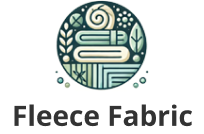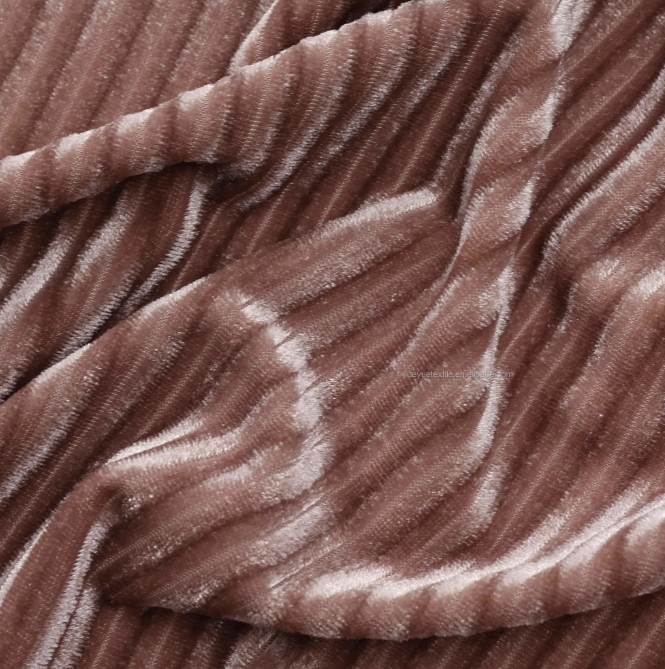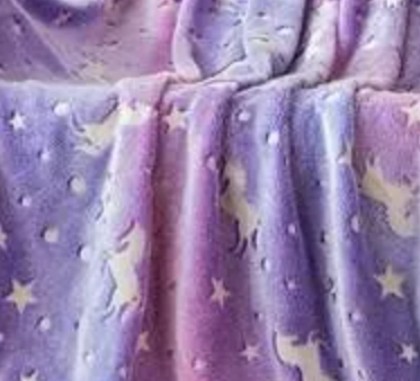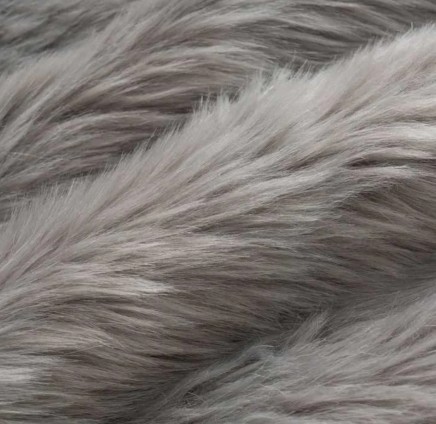Coral fleece fabric, also known as coral wool fabric, is a popular textile material renowned for its softness, warmth, and durability. It is widely used in various applications such as blankets, throws, clothing, and home decor due to its appealing texture and comfort. Understanding the weaving methods of coral fleece fabric provides insight into how this material is crafted to meet its unique characteristics and functional requirements. This article aims to elucidate the primary weaving methods used in the production of coral fleece fabric in a concise and professional manner.
1. Overview of Coral Fleece Fabric
Coral fleece fabric is characterized by its short, dense pile that resembles the structure of coral reefs, hence its name. This pile offers excellent insulation properties, making it ideal for cold weather applications. The fabric is typically made from synthetic fibers such as polyester or polypropylene, which contribute to its affordability, durability, and ease of care.
2. Weaving Methods
2.1 Warp Knitting Method
One of the primary weaving methods used in the production of coral fleece fabric is warp knitting. Warp knitting involves the use of warp knitting machines, which create fabric by interlocking loops of yarn in a vertical direction. This method allows for the rapid production of wide fabrics with a high pile density.
In warp knitting for coral fleece, multiple yarn feeds are utilized to create the desired pile effect. The yarn is fed into the machine and manipulated through a series of needles and guides to form the loops. These loops are then tightened and cut to create the short, dense pile that is characteristic of coral fleece.
The warp knitting method offers several advantages for coral fleece production, including increased production speed, flexibility in design and pattern creation, and the ability to produce fabrics with varying pile heights and densities.
2.2 Weft Knitting Method
An alternative to warp knitting is weft knitting, which involves the use of weft knitting machines. In weft knitting, yarn is fed horizontally across the machine, and loops are formed by interlocking the yarn with previously formed loops. This method is less common for coral fleece production due to its slower production speed compared to warp knitting.
However, weft knitting does offer certain advantages, such as the ability to produce fabrics with more intricate patterns and textures. For coral fleece, weft knitting can be used to create unique designs and finishes that are not easily achievable with warp knitting.
2.3 Tufting Method
Tufting is another method used in the production of coral fleece fabric, particularly for thicker and more durable applications. In tufting, yarn is inserted into a backing material using a series of needles and hooks. The yarn is then pulled through the backing and cut to form the pile.
The tufting method offers excellent durability and stability for coral fleece fabrics, making them suitable for high-traffic areas such as rugs and mats. Additionally, tufting allows for the creation of three-dimensional textures and patterns, adding to the aesthetic appeal of the fabric.
3. Post-Production Processes
After the coral fleece fabric is woven, it undergoes several post-production processes to enhance its appearance and performance. These processes may include:
- Shearing: To trim the pile to a uniform length, ensuring a smooth and even texture.
- Napping: To raise the fibers and create a softer hand feel.
- Finishing: To apply treatments such as waterproofing, flame retardancy, or antistatic properties.
4. Conclusion
The weaving methods used in the production of coral fleece fabric play a crucial role in determining its final characteristics and applications. Warp knitting is the most common method due to its speed and flexibility, while weft knitting and tufting offer unique design possibilities. Post-production processes further enhance the fabric’s appearance and performance, making it suitable for a wide range of uses.
Understanding these weaving methods and processes allows for the creation of coral fleece fabrics that meet specific needs and preferences, ensuring their continued popularity and versatility in the textile industry.




